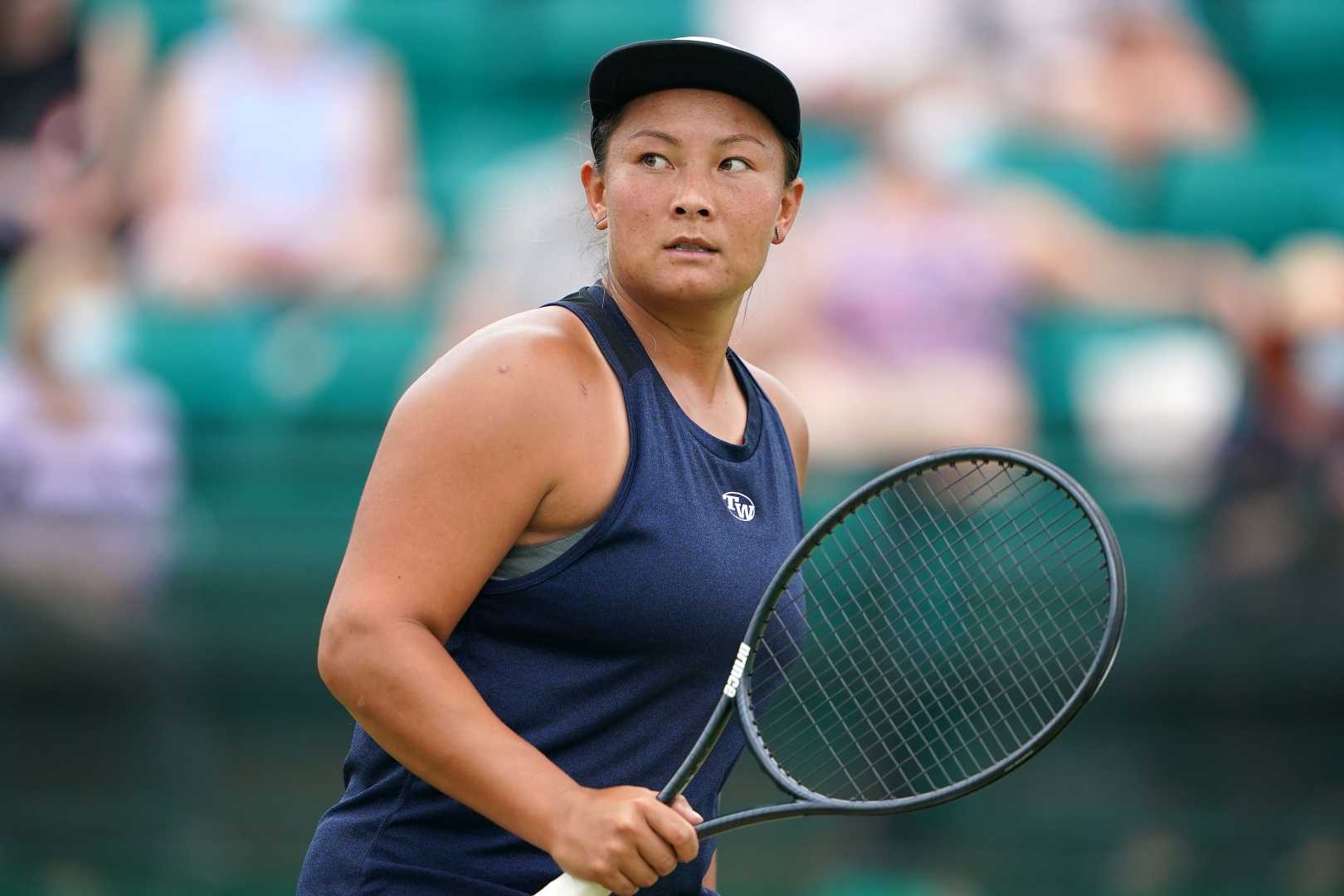Sports
Tara Moore Banned for Four Years Following Doping Appeal Ruling

Lausanne, Switzerland — British tennis player Tara Moore has received a four-year ban from the sport due to a doping violation, following a decision by the Court of Arbitration for Sport (CAS) on July 15, 2025. Despite being cleared by an independent tribunal 19 months earlier, the CAS upheld an appeal by the International Tennis Integrity Agency (ITIA).
The ban is retroactive to May 2022, when Moore tested positive for anabolic steroids nandrolone and boldenone during a tournament in Colombia. The 32-year-old was Britain’s top-ranked women’s doubles player at the time of her provisional suspension.
In December 2023, an independent tribunal exonerated Moore, stating that contaminated meat was the source of the positive test and that she bore no fault or negligence. However, after reviewing the evidence in March of this year, CAS ruled in favor of the ITIA, determining that Moore did not sufficiently prove her assertion about the contaminated meat.
“After reviewing the scientific and legal evidence, the majority of the CAS panel found that the concentration of nandrolone in her sample was not consistent with the ingestion of contaminated meat,” CAS stated in their official release. “The panel concluded that Ms. Moore failed to establish that the Anti-Doping Rule Violation (ADRV) was not intentional.”
Moore expressed her frustration, highlighting the emotional toll and damage to her reputation since the provisional ban. “I have lost 19 months of my career and my life has been impacted severely,” she said. She returned to the tour in April 2024, participating mostly in ITF World Tour events.
Although she was able to compete in prestigious tournaments like Wimbledon and the US Open during her initial suspension, the new ruling means she will not be eligible to play again until the beginning of the 2028 season. The ITIA chief executive, Karen Moorhouse, stated, “Every case is considered according to the individual facts and circumstances. In this case, our independent scientific advice was that the player did not adequately explain the high level of nandrolone present in their sample.”
Moore’s case adds to the ongoing challenges within tennis regarding doping, particularly as other top players have also encountered scrutiny over similar issues.












